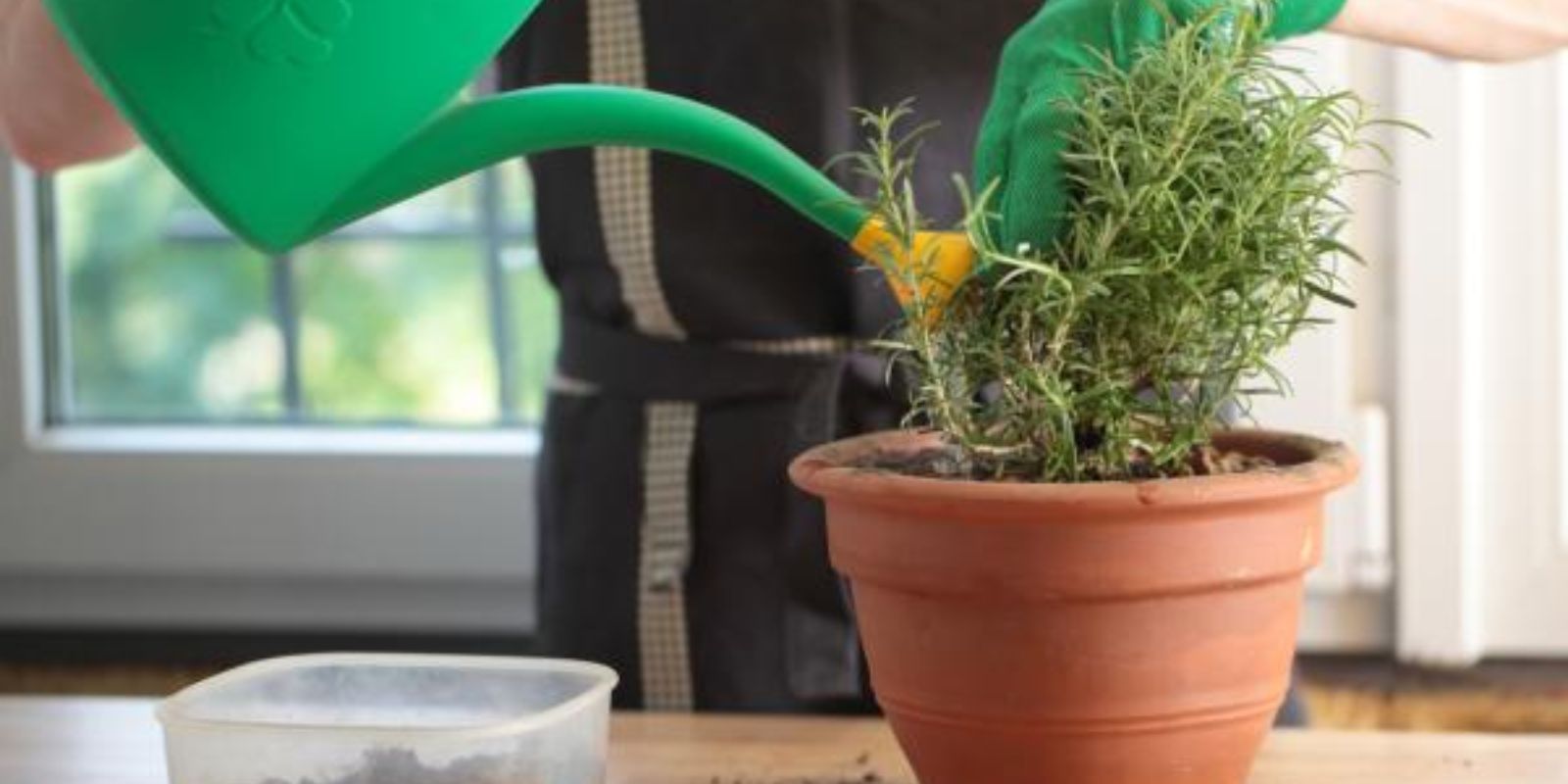Rosemary (Rosmarinus officinalis) is a beloved herb in gardens and kitchens worldwide, celebrated for its fragrant leaves and culinary versatility. Whether you use it to flavor dishes or simply enjoy its aromatic presence, rosemary can make a delightful addition to your home. However, keeping rosemary thriving in a pot for over a decade requires specific care and attention. This article provides expert tips and techniques to ensure your potted rosemary not only survives but flourishes for years to come.
Understanding Rosemary’s Needs
Rosemary is a Mediterranean herb known for its hardy nature. In its native environment, it grows in well-drained, sandy soils and enjoys plenty of sunshine. To replicate these conditions and ensure your potted rosemary thrives long-term, you’ll need to provide the right environment and care.
1. Choose the Right Pot
The choice of pot is crucial for the longevity of your rosemary. Opt for a pot with good drainage holes to prevent water from accumulating at the bottom. Standing water can lead to root rot, a common issue for rosemary plants. Terracotta pots are an excellent choice due to their porous nature, which helps with drainage and air circulation. Ensure the pot is large enough to accommodate the plant’s growth but not too large, as excessive soil can retain too much moisture.
2. Use Quality Soil
Rosemary thrives in well-draining soil. Regular potting soil can retain too much moisture, which can harm rosemary roots. Instead, use a potting mix designed for succulents or herbs, which typically includes sand or perlite to enhance drainage. You can also create your own mix by combining equal parts of potting soil, sand, and perlite. This mixture will mimic the sandy soils rosemary prefers in its native habitat and prevent waterlogging.
3. Provide Adequate Sunlight
Rosemary loves sunlight and requires a sunny location to grow well. Place your potted rosemary in a spot where it can receive at least 6-8 hours of direct sunlight each day. A south-facing window is ideal for indoor rosemary plants. If growing rosemary outdoors, choose a location that gets plenty of sunlight throughout the day. Insufficient light can lead to leggy growth and reduced flavor in the leaves.
4. Water Sparingly
One of the most common mistakes with potted rosemary is overwatering. Rosemary prefers dry conditions and should be watered only when necessary. Allow the top inch of soil to dry out before watering again. Stick your finger into the soil to check for dryness. Water thoroughly when needed, but ensure the pot has adequate drainage to prevent water from sitting at the bottom. During winter months, reduce watering frequency as rosemary’s growth slows down.
5. Fertilize Occasionally
While rosemary is not a heavy feeder, it can benefit from occasional fertilization. Use a balanced, slow-release fertilizer or one specifically formulated for herbs. Apply fertilizer once or twice a year, ideally in the spring and summer, when the plant is actively growing. Over-fertilizing can lead to excessive leaf growth at the expense of flavor, so be cautious and follow the manufacturer’s instructions.
6. Prune Regularly
Regular pruning helps maintain the shape and health of your rosemary plant. Prune rosemary in early spring or late winter before new growth begins. Trim back any dead or woody stems and shape the plant to encourage bushier growth. Pruning also helps prevent the plant from becoming too leggy and ensures that it remains compact and attractive.
7. Monitor for Pests and Diseases
Even with the best care, rosemary can occasionally suffer from pests or diseases. Common issues include spider mites, aphids, and powdery mildew. Inspect your plant regularly for signs of trouble, such as yellowing leaves, wilting, or webbing. If you notice any issues, treat them promptly using organic insecticidal soap or neem oil. Ensuring good air circulation around the plant can help prevent fungal diseases.
8. Winter Care
If you live in an area with cold winters, you’ll need to protect your potted rosemary from frost. For indoor plants, ensure they are not placed near drafts or heating vents, which can dry out the air. Outdoor pots can be moved to a sheltered location or wrapped in insulating material to protect them from freezing temperatures. In regions with mild winters, rosemary can remain outdoors with some protection.
9. Repotting When Necessary
As your rosemary plant grows, it may outgrow its pot. Repotting should be done every 2-3 years or when you notice that the plant’s growth has slowed. Choose a pot that is 1-2 inches larger in diameter than the current one and refresh the soil. Repotting helps prevent root-bound conditions and ensures the plant has ample space to continue growing.
10. Harvesting and Usage
Regular harvesting of rosemary not only provides fresh herbs for your kitchen but also promotes healthy growth. Harvest leaves as needed, but avoid taking more than one-third of the plant at a time to ensure it remains healthy. Use rosemary in cooking, baking, or as a fragrant addition to sachets and potpourri.
Conclusion: Cultivating Longevity in Your Potted Rosemary
By following these expert tips, you can ensure your potted rosemary thrives for over a decade, providing you with aromatic leaves and a beautiful, resilient plant. Rosemary’s hardiness and versatility make it an excellent choice for long-term cultivation, whether indoors or outdoors. With the right care and attention, your rosemary can become a cherished part of your home and garden for many years to come.
Call to Action: Have you successfully grown rosemary in a pot for an extended period? Share your tips and experiences with us, and enjoy the benefits of a thriving rosemary plant in your own space! 🌿🪴

